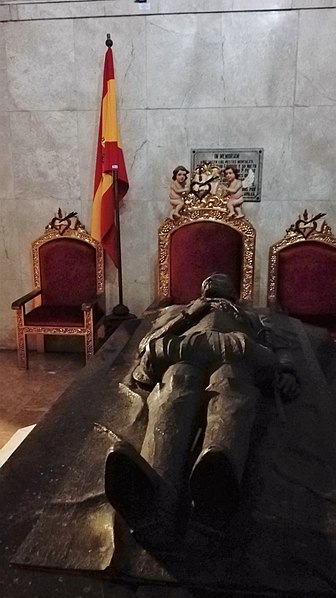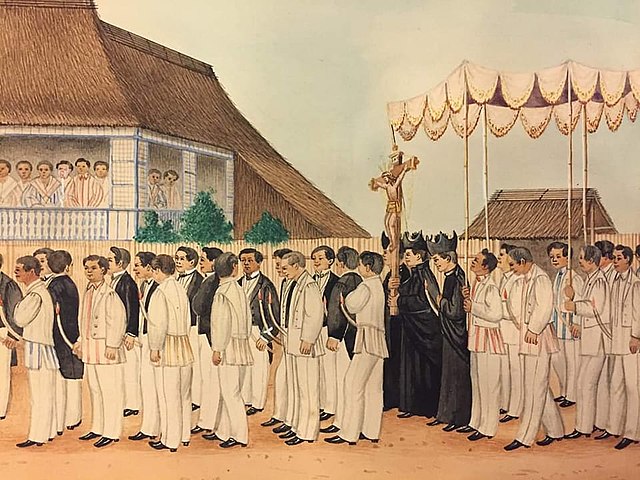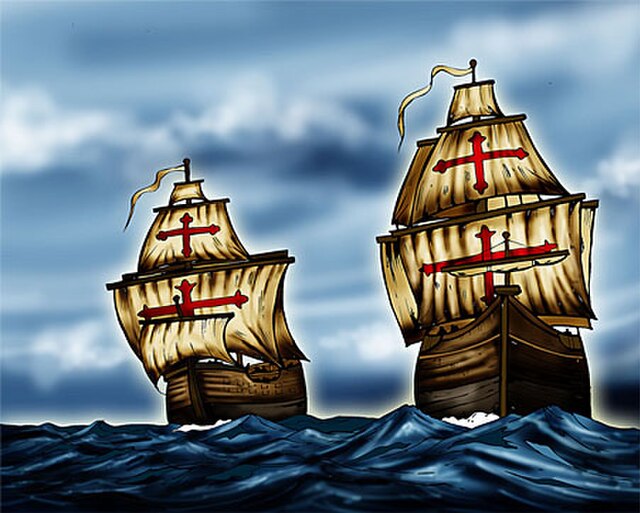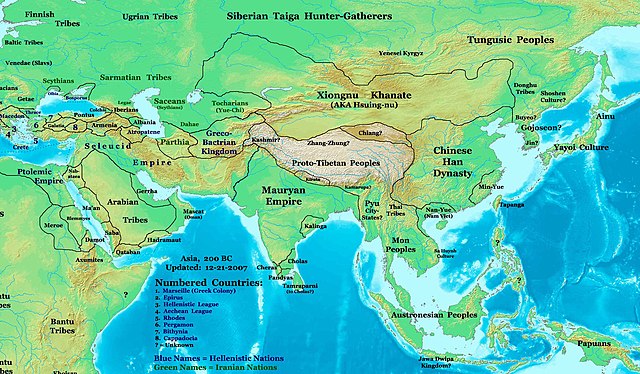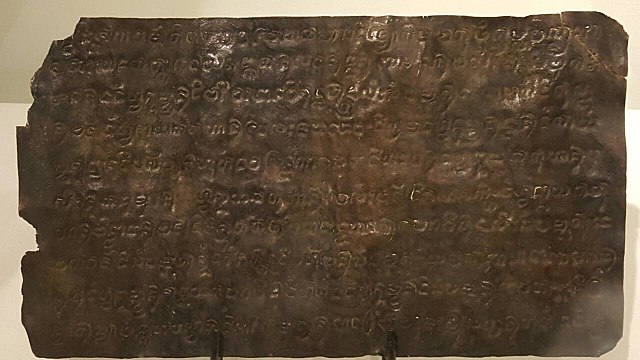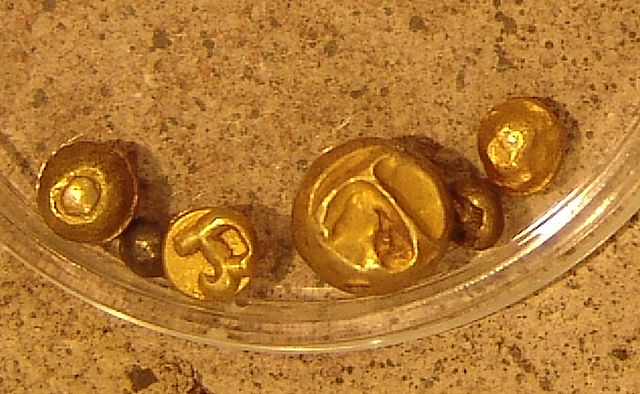History of the Philippines (1565–1898)
The history of the Philippines from 1565 to 1898 is known as the Spanish colonial period, during which the Philippine Islands were ruled as the Captaincy General of the Philippines within the Spanish East Indies, initially under the Viceroyalty of New Spain, based in Mexico City, until the independence of the Mexican Empire from Spain in 1821. This resulted in direct Spanish control during a period of governmental instability there. The Philippines was under direct royal governance from 1821 to 1898.
Pages of the Doctrina Christiana, an early Christian book in Spanish and Tagalog. The book contained Latin and Baybayin suyat scripts. (1593)
Tomb of Miguel López de Legazpi, founder of Manila as the capital city of the Philippine islands, located in Manila at the San Agustin Church inside the historic walled city of Intramuros
The Principalia of a rural parish in colonial Philippines, joining the Holy Week procession. Illustration, c. 1870
The two merchant galleons, Encarnacion and Rosario, which were hastily converted to warships to meet the superior Dutch armada of 18 vessels during the battles of La Naval de Manila in 1646 (artist's conception)
History of the Philippines
The history of the Philippines dates from the earliest hominin activity in the archipelago at least by 709,000 years ago. Homo luzonensis, a species of archaic humans, was present on the island of Luzon at least by 134,000 years ago.
Docking station and entrance to the Tabon Cave Complex Site in Palawan, where one of the oldest human remains was located.
Asia in 200 BCE, showing the Sa Huỳnh culture in Mainland Southeast Asia and the Philippines in transition.
The Laguna Copperplate Inscription, c. 900 CE. The oldest known historical record found in the Philippines, which indirectly refers to the polity of Tondo
A collection of gold Piloncitos stamped with the Baybayin character for "Ma" possibly representing the nation of Ma-i.


